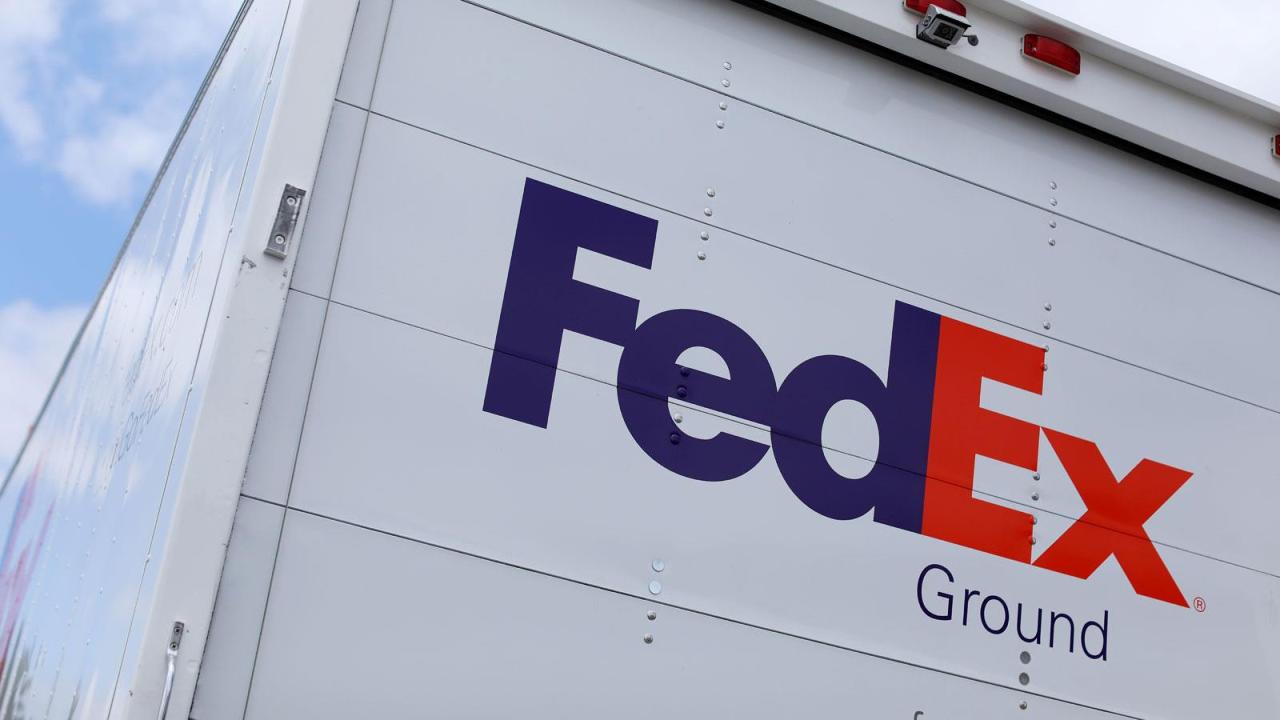Tight job market means better pay, benefits – even for seasonal workers
The U.S. economy is without a doubt strong. The unemployment rate is around an 18-year low, economic growth is accelerating and consumers are confident. But, the good news could put the squeeze on retailers hoping to staff up for the holiday season.
According to the Bureau of Labor Statistics the number of job openings surpassed the number of hires in the March-through-June period for the first time in a decade. With only 3.8 percent of Americans unemployed, and many of those unemployed not pursuing work for one reason or another, how will retailers staff up for their most important shopping period of the year – the holiday season?
So far, the answer seems to be to post openings early, and also offer employees perks.
J.C. Penney started seasonal hiring in June and as an incentive added one week of paid time off per year, for part-time hourly workers who have worked for them for over 3 years. The company will hold a national hiring day on Oct. 16.
Target Corp. announced plans to hire 120,000 seasonal workers, 20 percent more than last year. For those who are hired after Sept. 16, the starting wage will be $12 per hour, an increase that is part of the company’s plan to raise its minimum hourly wage to $15 by 2020. According to a press release from the company, Target will also offer opportunities for employees to earn holiday pay on Thanksgiving and Christmas, a 10 percent merchandise discount and an additional discount on certain items. Target will offer flexible schedules that will allow team members to work a variety of hours.
United Parcel Service expects to hire about 100,000 seasonal employees to meet the increase in package volumes. According to a press release from the company, about 35 percent of seasonal hires are called back to stay with the company permanently. Permanent jobs with UPS come with benefits, including health care and retirement benefits.
According to Industry Insider, domestic retailers have reported increased difficulty in hiring and retaining workers and the lack of benefits that come with many part-time retail positions. A shortage of workers has increased the decline of brick-and-mortar retail because the lack of available employees has resulted in understaffing, leaving brick-and-mortar outlets struggling to provide the customer service necessary to compete with ecommerce companies




















